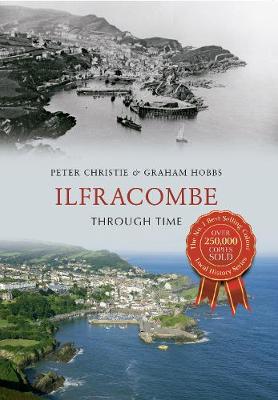Through Time
2 total works
From its scenic vantage point on the North Devon coast, the seaside town of Ilfracombe has seen many changes in its long history. In this unique selection of old and new images from the archives of the Ilfracombe Museum, many of which are previously unpublished photographs, the reader is invited to share a nostalgic glimpse of Ilfracombe in days gone by. Its situation as the only port on a long stretch of dangerous coast made it ideal for smaller trading ships and fishing vessels who docked in the harbour to load and unload their cargo, while the clear sea air made the town a popular destination for tourists from the cities. We explore the hotels, theatres, halls and public rooms where the crowds were entertained, and visit the streets and lanes, houses, schools, shops and people that have played a part in shaping the town of today. Accompanied by informative and detailed text, this outstanding collection offers a valuable record of the past that is sure to appeal to both residents and visitors alike.
Bideford enjoys a spectacular location in North Devon. Sited astride the River Torridge its two halves are linked by the thirteenth-century bridge with its twenty-four arches all of different sizes. Founded by the Saxons it has had a long and fascinating history as a port and market town. From its quays sailed the first colonising venture to the New World. Sir Richard Grenville, the first Native American to be buried in England lies in its churchyard. Used as the location for Charles Kingsley's Victorian bestseller Westward Ho!, it saw its tourism industry develop greatly. Today, the narrow town centre streets lead down to a tree-lined quay, which bustles noisily with fishing vessels, cargo and pleasure boats. Take a look at Bideford old and new in this fascinating collection of carefully selected photographs which will surprise and delight anyone who knows and loves the area.

